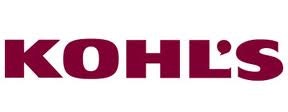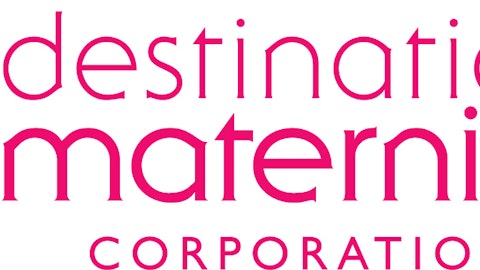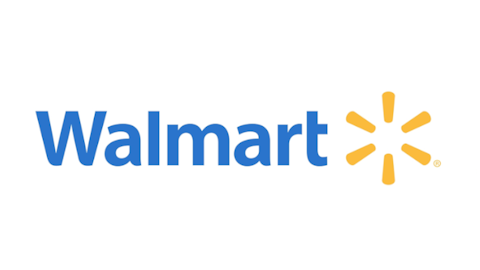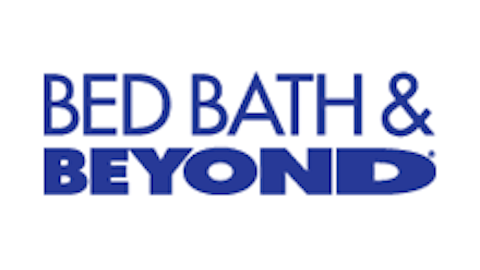Since the beginning of the year, Kohl’s Corporation (NYSE:KSS) has delivered good returns to its shareholders, up 23%–higher than the S&P 500’s return of more than 18.60%. Interestingly, Kohl’s Corporation (NYSE:KSS) is in the investment portfolios of several famous investors, including Zeke Ashton, Whitney Tilson and Brian Rogers. Let’s take a closer look to determine whether or not investors should buy Kohl’s Corporation (NYSE:KSS) at its current trading price.

High EBITDA margin with higher expected free cash flow
Kohl’s Corporation (NYSE:KSS) is considered to be one of the leading family-focused and value-oriented specialty department stores, offering different types of merchandises including accessories, footwear, etc., operating 1,155 stores in 49 states, along with 9 distribution centers in the U.S. Most of its sales (52%) came from private & exclusive brands, while the national brands accounted for the remaining 48% of the total sales.
In the past five years, Kohl’s Corporation (NYSE:KSS) experienced consistent growth in net sales, from $16.4 billion in 2008 to $19.3 billion in 2012. However, its net income has fluctuated in the range of $857 million to nearly $1.17 during the same period. In 2012, its net income came in at $986 million, or $4.17 per share, with EBITDA of around $2.7 billion. According to the company, Kohl’s Corporation (NYSE:KSS) enjoyed a much higher EBITDA margin than its peers. Its EBITDA margin has stayed in the range of 13.9% – 15.6% in the past five years, while the average EBITDA margin of its peers has been around 9.8% – 11.6%. In the past twelve months, Kohls’ EBITDA margin was as high as 14.2%, a bit higher than the EBITDA margins of The TJX Companies, Inc. (NYSE:TJX)’ at 14.02% and Target Corporation (NYSE:TGT) at 10.45%.
What I like about Kohl’s is its high cash return to its shareholders. At $52.90 per share, Kohl’s offers its shareholders a decent dividend yield at 2.6%. The company has repurchased around 11% of its shares last year and 16% in 2011. Looking forward, Kohl’s expects to invest in its omni-channel to drive its business growth. The e-commerce re-platform would enable the company’s ability to customize shoppers’ omni-channel experience, increasing the efficiency of adding products.
Kohl’s expects to ship from 200 of its stores by Holiday 2013 and implement the “pick up from store” service by 2014. Indeed, the company has been trying to strengthen its distribution network for online sales, increasing the efficiency for merchandise selection and inventory management. Since October 2012, its inventory has been reduced from $4.8 billion to nearly $4 billion in April 2013. The ongoing strategy might generate more cash flow for the company, allowing it to increase its dividend payments and share repurchases in the near future.
The cheapest valued among its peers
Kohl’s is worth $11.8 billion on the market, with a valuation of 5.8 times its trailing EBITDA. It seems to have a much cheaper valuation compared to The TJX Companies, Inc. (NYSE:TJX) and Target Corporation (NYSE:TGT). The TJX Companies, Inc. (NYSE:TJX) is the most expensively valued retailer. It is trading at $52.40 per share, with a total market cap of $37.70 billion. The market values The TJX Companies, Inc. (NYSE:TJX) at around 10 times its trailing EBITDA. The TJX Companies, Inc. (NYSE:TJX) is the leader in off-price apparel and home fashion retailing in the U.S., operating more than 3,000 stores in six countries. The TJX Companies, Inc. (NYSE:TJX) reported that it had a huge opportunity to increase its market share, including rising comparable store sales growth by customer traffic and a better shopping experience with broad demographic, including younger customers.
In the period of 2006 – 2013, its adjusted pre-tax margin has grown from 6.7% to 11.9%. TJX expected to grow its margin further by scaling its European business, increasing supply chain efficiencies and focusing on cost savings. For the fiscal 2014, TJX expected to generate around $2.70 to $2.78 earnings per share, with the consolidated comp store sales growth of around 1%-2%.
Target Corporation (NYSE:TGT) also had a higher valuation than Kohl’s. It is trading at $72.60 per share, with a total market cap of around $46.60 billion. The market values Target Corporation (NYSE:TGT) at 7.72 times its trailing EBITDA. Target Corporation (NYSE:TGT) also returned cash to its shareholders in both dividends and share repurchases. In the first quarter, it paid out $232 million in dividends and spent around $547 million to retire 8.5 million shares at around $64.04 per share. For the full year, Target Corporation (NYSE:TGT) is expected to generate earnings of around $4.12 to $4.32 per share. Income investors might like Target with its decent dividend yield at 2.4%, while TJX only offers a 1.10% dividend yield to its shareholders. However, TJX has the lowest payout ratio at only 18%, while the payout ratios of Target and Kohl’s are much higher at 32% and 31%, respectively.
Among the three retailers, TJX is the most profitable business with the highest ROIC at 41.88%. Kohl’s ranked second with 9.28% ROIC, while the ROIC of Target stayed at only 6.28%.
My Foolish take
TJX, with the most profitable operations and low payout ratio, deserves a high valuation among the three companies. Thus, it could be a good stock to hold in the long run. Kohl’s is also a good pick for investors at its current trading price, due to its lowest valuation, a reasonable profitability and the highest dividend yield. Moreover, with an expected higher cash flow, Kohl’s will return more cash to investors via higher dividend payments and higher share repurchases in the near future.
Anh HOANG has no position in any stocks mentioned. The Motley Fool has no position in any of the stocks mentioned. Anh is a member of The Motley Fool Blog Network — entries represent the personal opinion of the blogger and are not formally edited.
The article More Expected Shareholder Returns For This Specialty Retailer originally appeared on Fool.com is written by Anh HOANG.
Copyright © 1995 – 2013 The Motley Fool, LLC. All rights reserved. The Motley Fool has a disclosure policy.



